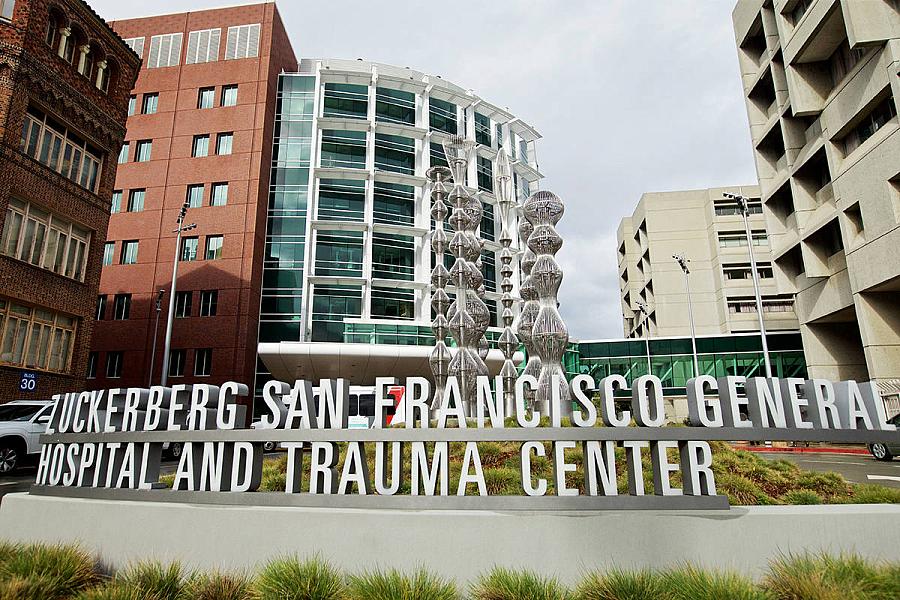Questions about San Francisco’s pre-Obamacare system to provide universal health coverage

In 2010, President Barack Obama signed into law the Affordable Care Act, a comprehensive health care reform plan to subsidize health care for households that fell into a certain income range. Dubbed Obamacare, it was a major if unpopular step toward involving the government in private health insurance.
But three years earlier, San Francisco acted on the same philosophy, a bit ahead of its time. It launched a health access program for the city’s roughly 73,000 uninsured residents, in the first-of-its-kind attempt by a municipal government to provide universal health care.
Healthy SF was never meant to function as full health insurance coverage. Participants were required to live in San Francisco, be uninsured for at least 90 days, be a legal adult, and live at or below 500% of the federal poverty level. It doesn’t include dental and vision, ambulances are covered only in life-threatening emergencies, mental health services are covered only when “clinically appropriate” — and all services have to take place in San Francisco.
Around the time the ACA was signed into law, enrollment peaked at 54,348 but dropped down to 13,615 by the end of FY 2016-2017. Today, Healthy SF has a high disenrollment rate: 91% of program participants had disenrolled. Those participants may no longer be eligible or found insurance options, but the most common reasons for disenrolling are not paying fees — set on a sliding scale — or failure to renew. That suggests a subset of participants are slipping through the safety net’s safety net.
Which begs the question: Who still needs Healthy SF and how effective has it been? My project for the 2019 Data Fellowship seeks to answer these questions and tease out lessons for municipalities who wish to do more about health care on the local level.
Health care has been an especially hot topic under the Trump administration, which failed to repeal the ACA but did rollback some provisions. The San Francisco Department of Public Health and Planned Parenthood recently withdrew from Title X Family Planning following new abortion restrictions, which could reverberate to other types of care.
My reporting also comes at a time when some San Francisco leaders are pushing to expand the model to address mental health. Supervisors Hillary Ronen and Matt Haney introduced Mental Health SF earlier this year as a response to controversial conservatorship laws passed on the state and local level. The program initially sought to create a universal mental health care system for everyone in the city.
It’s already been amended to no longer covered insured people, instead focusing on the most poor and housing-insecure people in San Francisco. Mental Health SF’s fate could say a lot about how the city now thinks of the local government’s role in health care. It’s on track to be placed on the same March 2020 ballot that will determine who California chooses for the presidential primary — an election that has the Democratic Party vigorously debating whether to implement truly universal health care that could upend the system once again.
But if there’s one thing San Francisco doesn’t do, it’s wait around for the federal government to step in.

